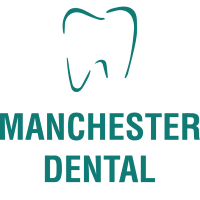
Are you considering dental bridges to fill in the spaces in your mouth from missing teeth? Dental bridges can restore your smile and ability to chew. However, potential complications can help you decide. By knowing what to expect, patients can have natural-looking teeth by having dental bridges in Edmonton to keep health in mind.
What are Dental Bridges?
A fixed prosthesis that is used to fill a gap created by one or more missing teeth is known as a dental bridge. It is attached to surrounding teeth. It holds the bite in position, prevents surrounding teeth from drifting and also improves function and appearance.
What are the Potential Risks of Dental Bridges?
Dental bridge risks exist, although they are generally safe and effective.
- Cavities on supporting teeth, namely the abutment teeth of the bridge, may occur. Accumulation of plaque on these teeth can cause cavity formation.
- Poor oral hygiene may cause inflammation or infection of the gums around the bridge.
- A bridge loosening or damage occurs when an excessive amount of force is used or there is a poor fit.
- Some patients feel temporary sensitivity in their teeth after being placed.
- Bridges do not prevent bone loss from occurring in areas where a tooth or teeth are missing.
How to Minimize Problems With Dental Bridges?
Going to a dentist in Edmonton that you can trust can lower the risks of complications. Here are practical tips.
- Brush and floss carefully around the bridge daily.
- Use water flossers or floss threaders to clean underneath the bridge.
- You must go to the dentist regularly.
- Avoid chewing hard foods that can damage the bridge.
- Report any discomfort or looseness immediately.
Comparing Risks: Bridges vs. Other Options
Comparing the characteristics of dental bridges with other tooth replacement options will help you.
- As a general rule, dental bridges last five to 15 years. They require moderate maintenance and have a medium risk of decay and gum-related issues. But they do not stop bone loss in the spot where the tooth is gone.
- A dental implant can last 15 years or more, will help preserve bone, and generally has a lower risk of decay or gum problems. Maintenance is usually easier, making them a long-term option for many patients.
- Partial dentures can be taken on and off. Usually, they cost less than other types of dentures and last 5-10 years. You need to take care of your dentures daily. Getting partial dentures does not stop bone loss. Gum irritation or decay is also a risk if it’s not maintained well.
You’ll be able to make a more informed choice that suits your dental requirements and fits in with your lifestyle, with the understanding of the advantages and disadvantages of each option.
When to Seek Professional Help
Be observant for any signs of trouble with your dental bridge.
- Pain, swelling, or irritation around the bridge.
- Looseness or visible gaps.
- Difficulty chewing or biting.
- Persistent bad taste or odor.
- Recurrent sensitivity.
If you seek prompt care on time, it can help prevent bigger issues from arising.
Find Us on Google Map
Restore Your Smile With Confidence—Visit Today!
Today, you’ll begin your journey to a healthier smile. To learn more about dental bridges and other restorative dental procedures, contact Manchester Dental and book your appointment.
FAQs
What issues are the most likely to happen with dental bridges?
Bridges can experience loosening, caused by decay of the supporting teeth or if the gums become irritated.
Are dental bridges likely to have an impact on surrounding teeth?
The ones supporting the bridge might become decayed and sensitive due to a higher risk.
Is the use of dental bridges accompanied by pain?
The process is without a doubt pain-free, but sensitivity along the way may take place.
What measures can I take to lower the risk of a dental bridge?
Keep your teeth and gums healthy with the help of all the concerned professionals.

